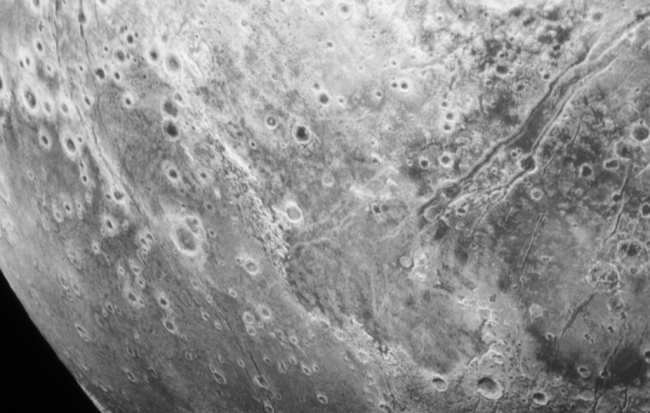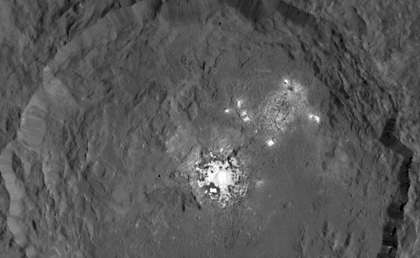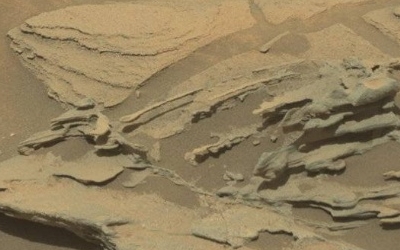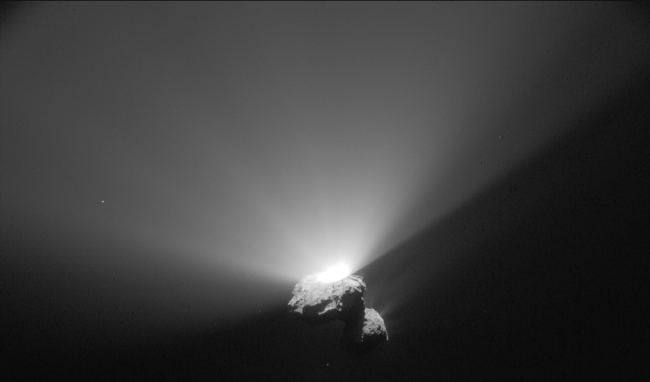The uncertainty of science: A comparison between the average particle size of 20 Apollo moon soil samples has discovered that their size has decreased by more than half in the past 40 years.
The differences between the two datasets are stark. For example, the median particle diameter has decreased from 78 microns (0.0031 inches) to 33 microns (0.0013 inches). And in the original sieve data, 44 percent of soil particles were between 90 and 1,000 microns (0.0035 to 0.039 inches) wide; today, just 17 percent of the particles are that large.
The most likely explanation for the degradation is damage caused by water vapor, the scientists say. “Leaching by water vapor causes the specific surface area of a lunar soil sample to multiply, and a system of pores develops,” they wrote in the study, which was published online last week in the journal Nature Geoscience. “These structural changes may be attributed to the opening of existing, but previously unavailable, pore structure or the creation of new surfaces through fracturing of cement or dissolution of amorphous particles.”
I was surprised that in the article above the scientists made no mention of gravity as a factor. These particles were originally formed under lunar gravity, 1/6 that of Earth. I would have thought that their structural strength was partly determined by this, and once brought to Earth’s heavier gravity would have thus slowly deteriorated over time.
Either way, the study illustrates why saving these samples for future researchers was a foolish mistake. Time changes all things, and that change has made these samples no longer a good representation of the Moon. The NASA scientists and managers who decided to store these samples instead of distributing them all for immediate study forgot this basic fact.
The scientists who did this study appear to have not learned this lesson as well. They suggest future samples be stored off-Earth, in a place like ISS. I say, we should instead go to the Moon so often we don’t need to store any samples. When we want a sample, we go and get one.





